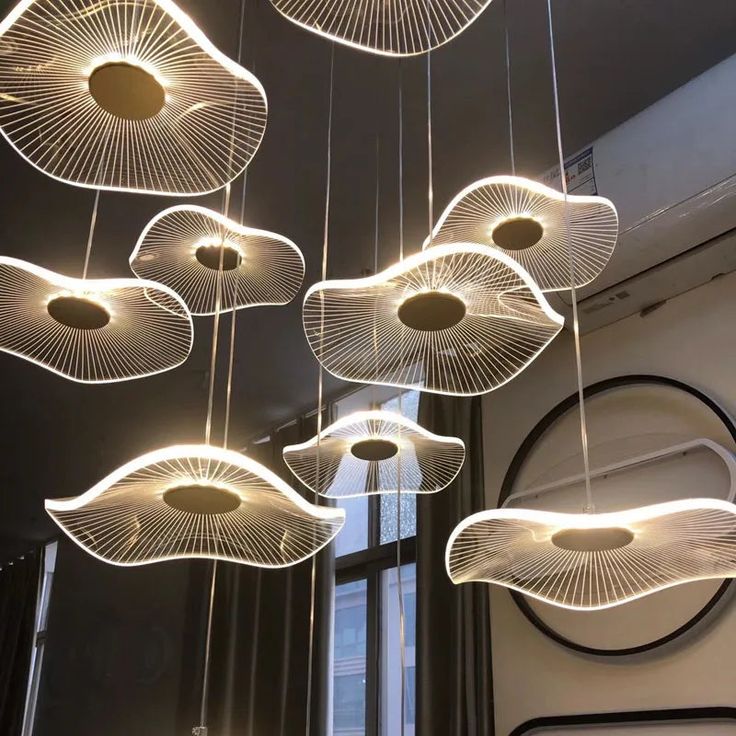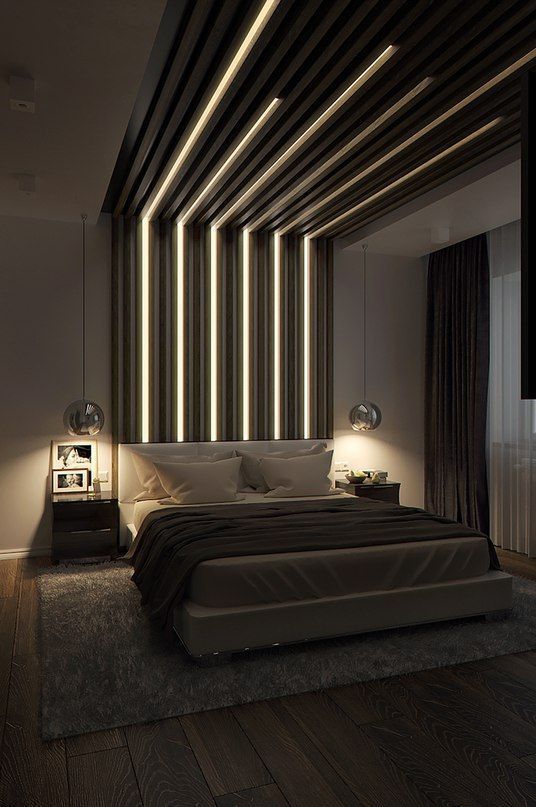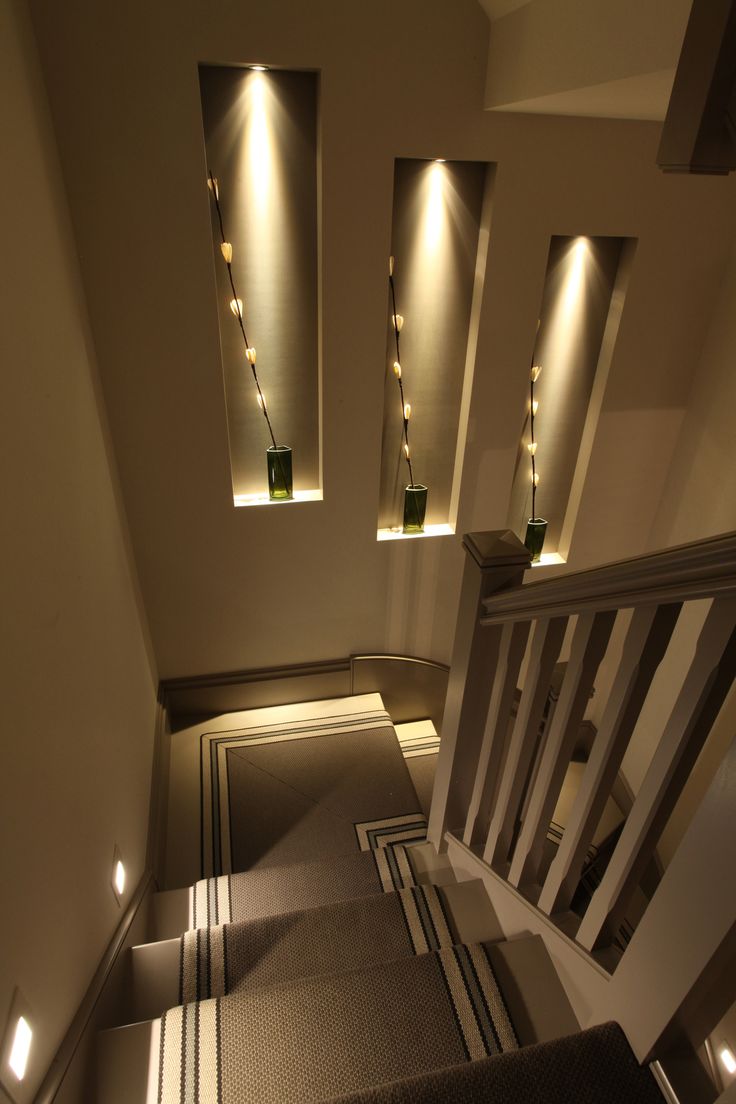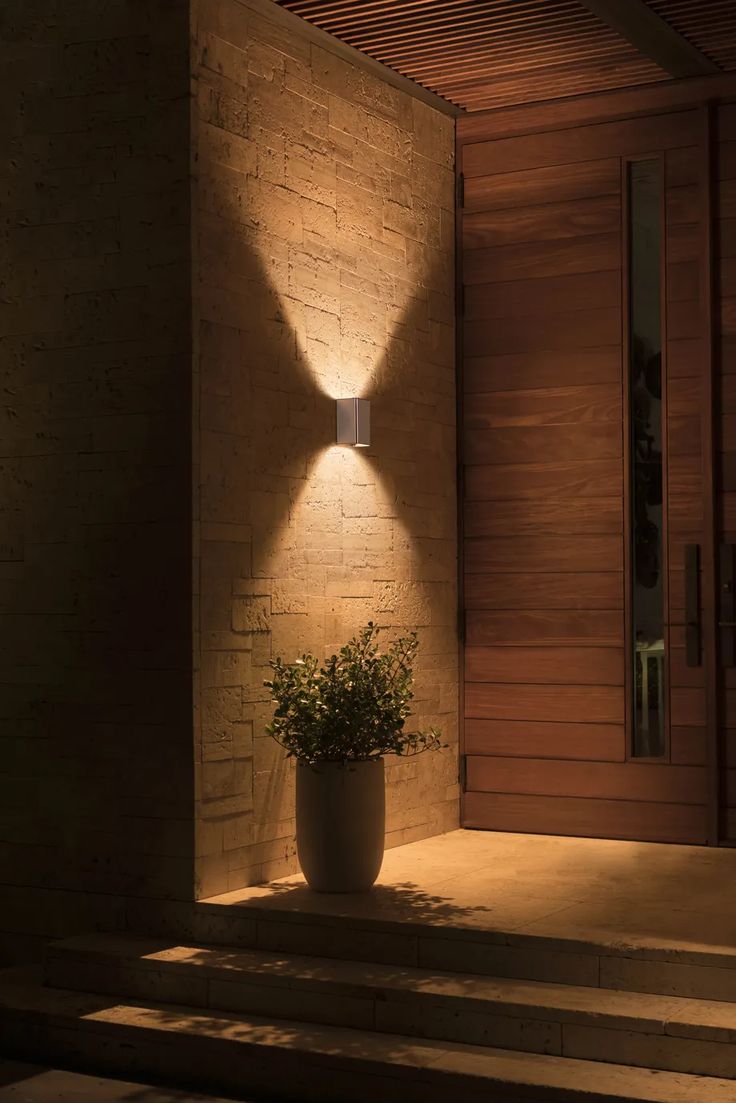Beyond Walls: The Impact of Lighting in Interior Design
Lighting is more than just a functional element; it’s a dynamic tool that has the power to shape the ambiance, evoke emotions, and elevate the overall aesthetics of a space. Beyond mere functionality, lighting design is an art form that breathes life into interiors, creating a symphony of illumination that resonates with the occupants.

1. Setting the Mood: Crafting Ambiance with Light
Lighting is the maestro that conducts the mood within a space. Whether it’s the warm glow of pendant lights in a cozy living room or the subtle illumination of wall sconces in a tranquil bedroom, the right combination of lighting elements sets the tone, creating an atmosphere that aligns with the intended purpose of the space.
2. Playing with Shadows: Adding Dimension and Drama
Beyond its primary function, lighting introduces an interplay of shadows that adds depth and drama to interiors. Strategic placement of light fixtures, such as recessed lighting or spotlights, casts shadows that accentuate architectural features, transforming ordinary walls into dynamic canvases of light and shade.
3. Architectural Embrace: Illuminating Design Elements
Consider lighting as the unsung hero that accentuates architectural features. Whether it’s highlighting a textured accent wall or casting a gentle glow on a unique piece of furniture, lighting becomes a design element in itself. It draws attention to details, turning the spotlight on what deserves to be noticed.

4. A Palette of Possibilities: Exploring Light Colors
The color temperature of light contributes to the overall aesthetic appeal of a space. Warm tones create a cozy and inviting atmosphere, while cooler tones lend a contemporary and refreshing vibe. The careful selection of light colors allows interior designers to curate a color palette that complements the overall design scheme.
5. Adapting to Functions: Task, Ambient, and Accent Lighting
Versatility in lighting design lies in its ability to adapt to various functions within a space. Task lighting illuminates work areas, ambient lighting provides overall illumination, and accent lighting draws attention to focal points. The harmonious integration of these lighting types ensures a well-balanced and functional environment.

6. Natural Light as a Design Element: Harnessing the Sun’s Embrace
Natural light is an unparalleled design element that seamlessly merges the indoor and outdoor worlds. Large windows, skylights, and glass doors invite the sun’s embrace, creating a connection with nature and infusing spaces with a sense of openness and vitality.
7. Interactive Illumination: Smart Lighting Solutions
The advent of smart lighting solutions introduces an interactive dimension to interior design. With the ability to control color, intensity, and even automate lighting scenarios, smart technologies empower occupants to tailor the lighting experience to their preferences, adding a layer of personalization to the design.
8. Nighttime Enchantment: Exterior Lighting for Outdoor Spaces
The impact of lighting extends beyond the confines of indoor spaces. Exterior lighting transforms outdoor areas into enchanting realms after the sun sets. From landscape lighting that highlights garden features to strategically placed fixtures that enhance architectural elements, outdoor lighting contributes to the overall curb appeal of a property.

The transformative power of lighting in interior design is a journey that goes beyond the practicality of illumination. It’s a dance of light and shadow, a symphony of colors, and a narrative that unfolds with the changing hours of the day. Whether it’s the soft glow of a bedside lamp or the dramatic flair of a chandelier, lighting design is the art that breathes soul into spaces, creating an experience that transcends the physical boundaries of walls. Welcome to the world where light is not just a necessity but a poetic expression of design brilliance.


